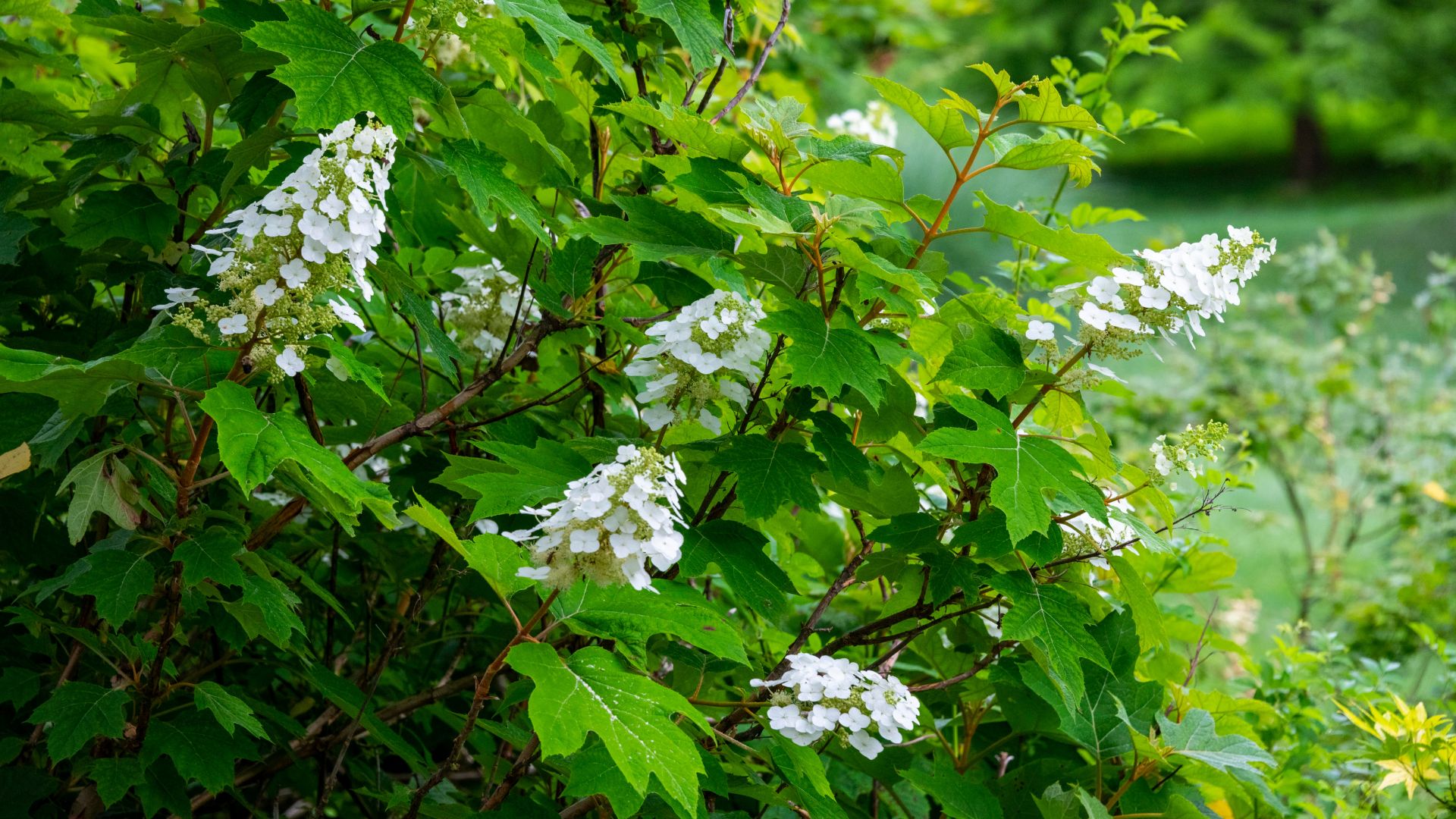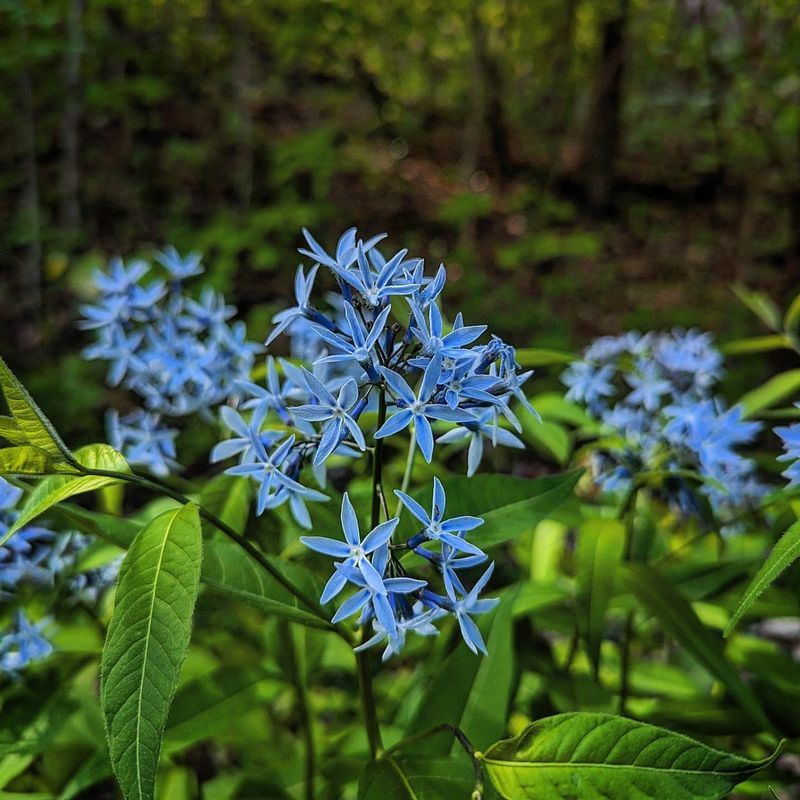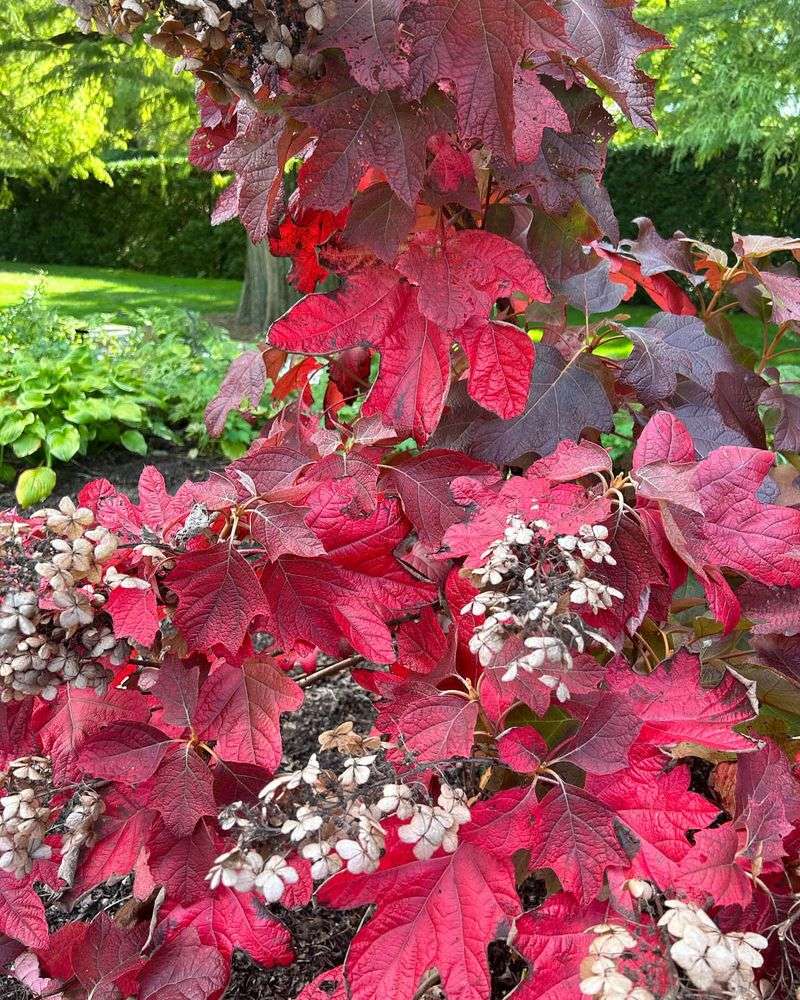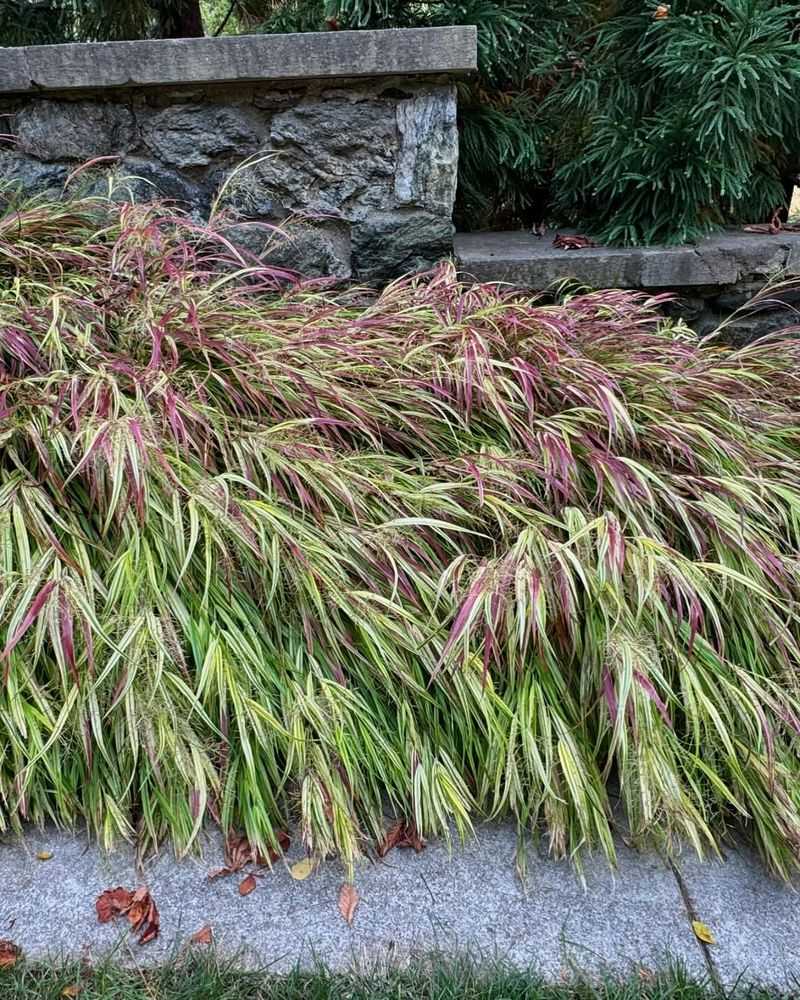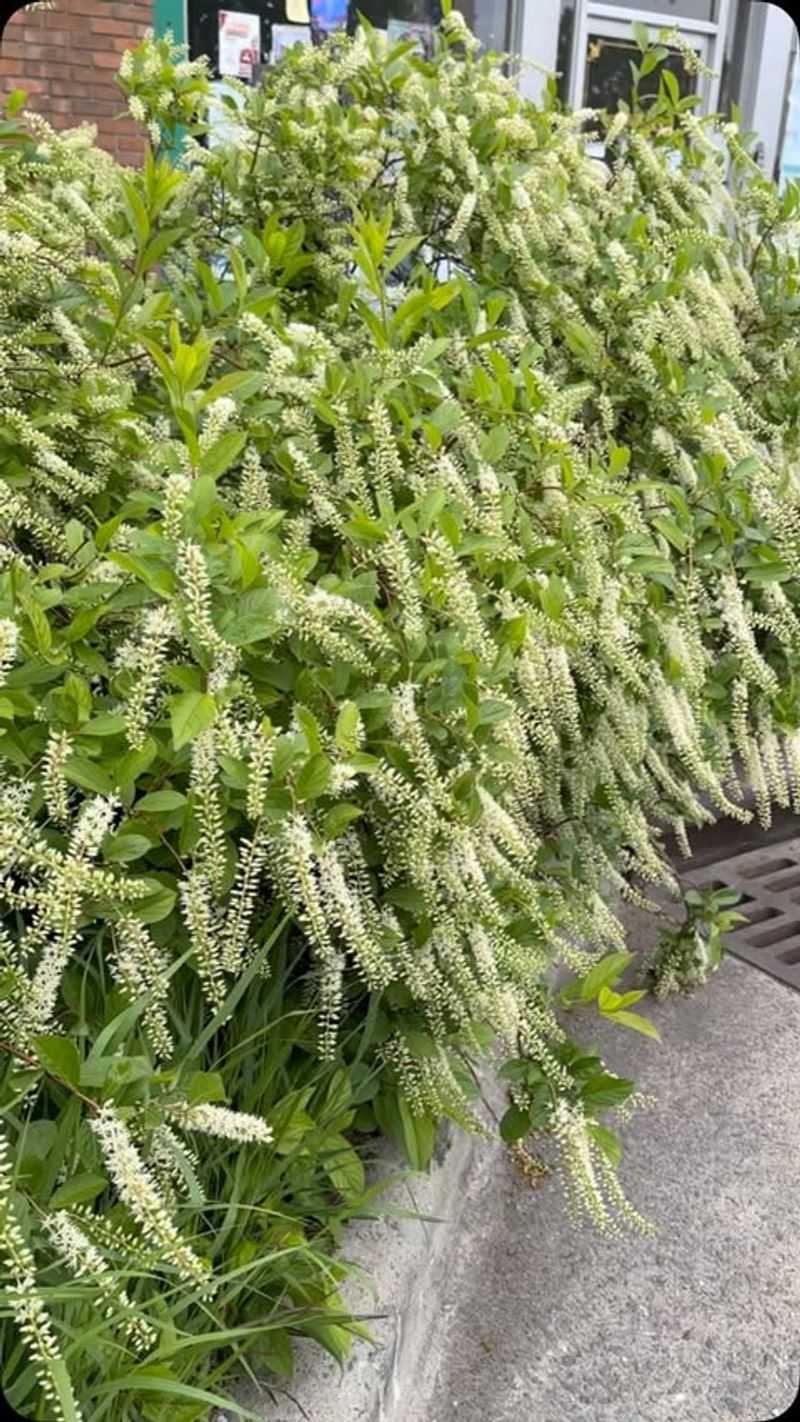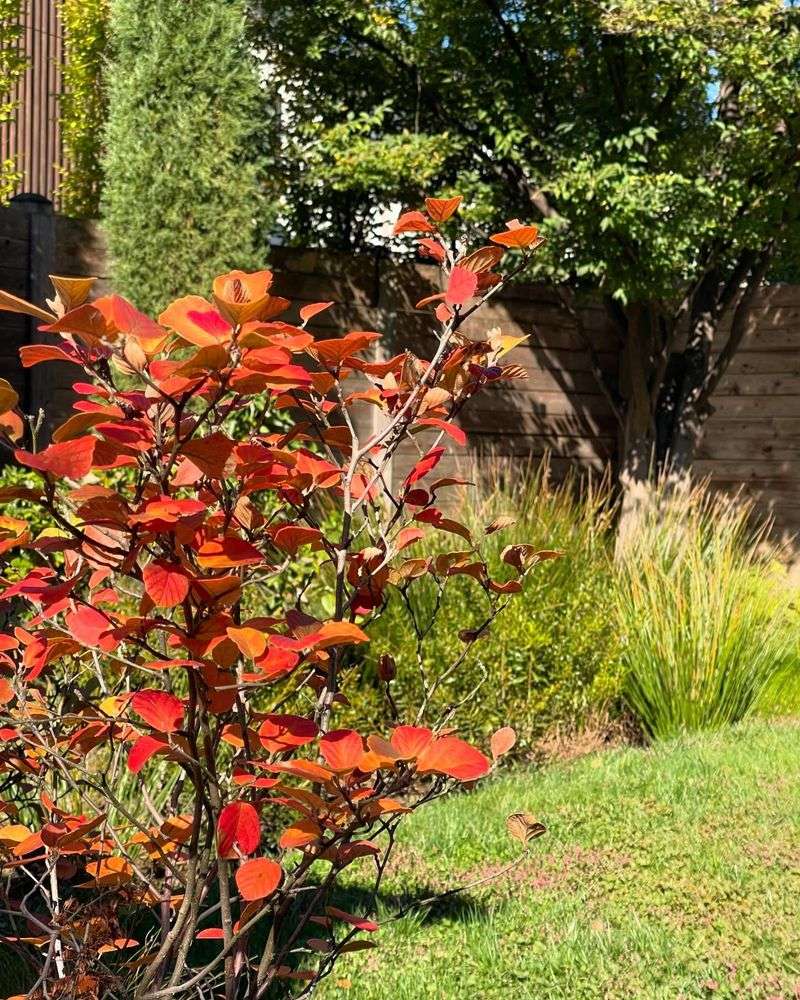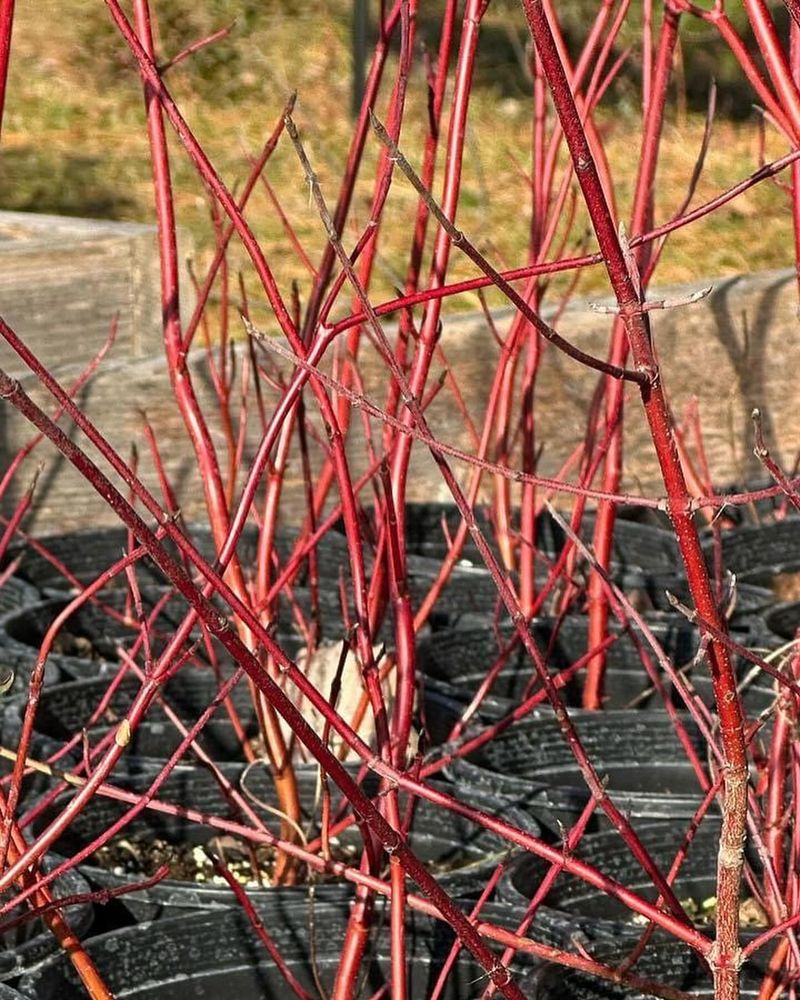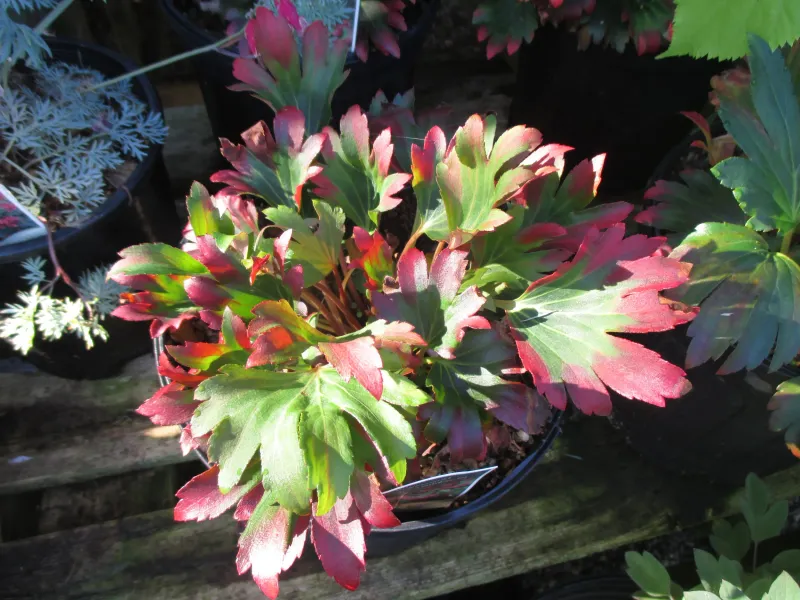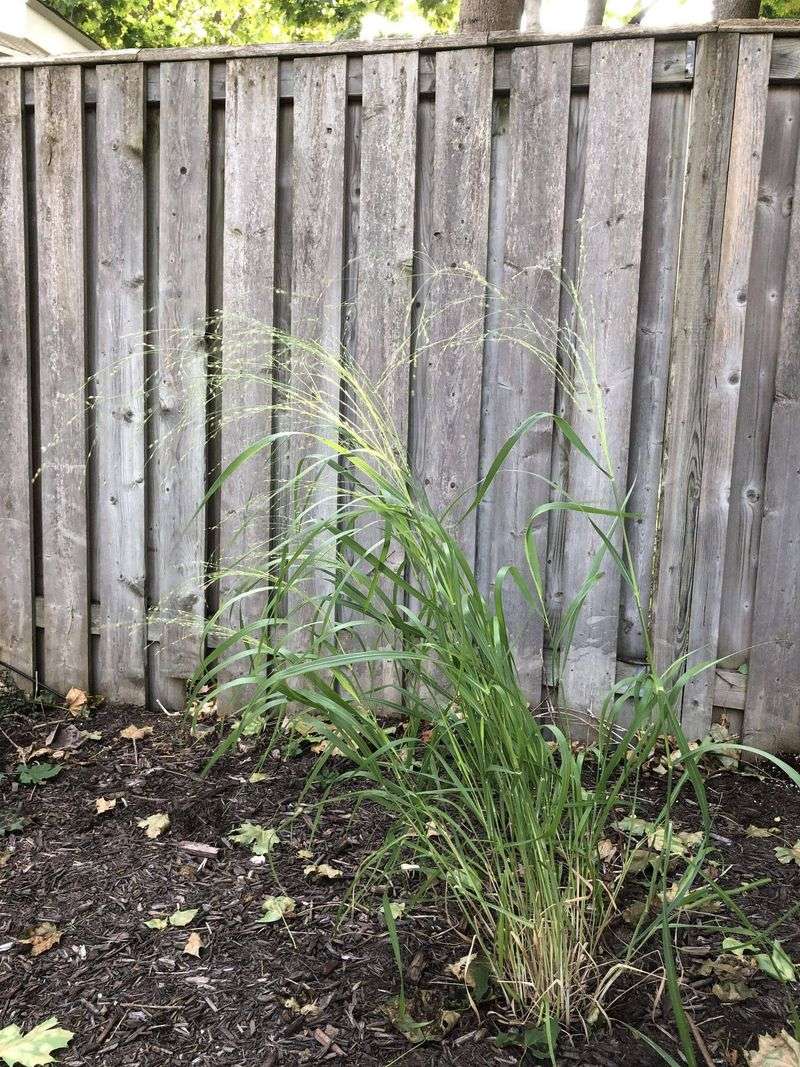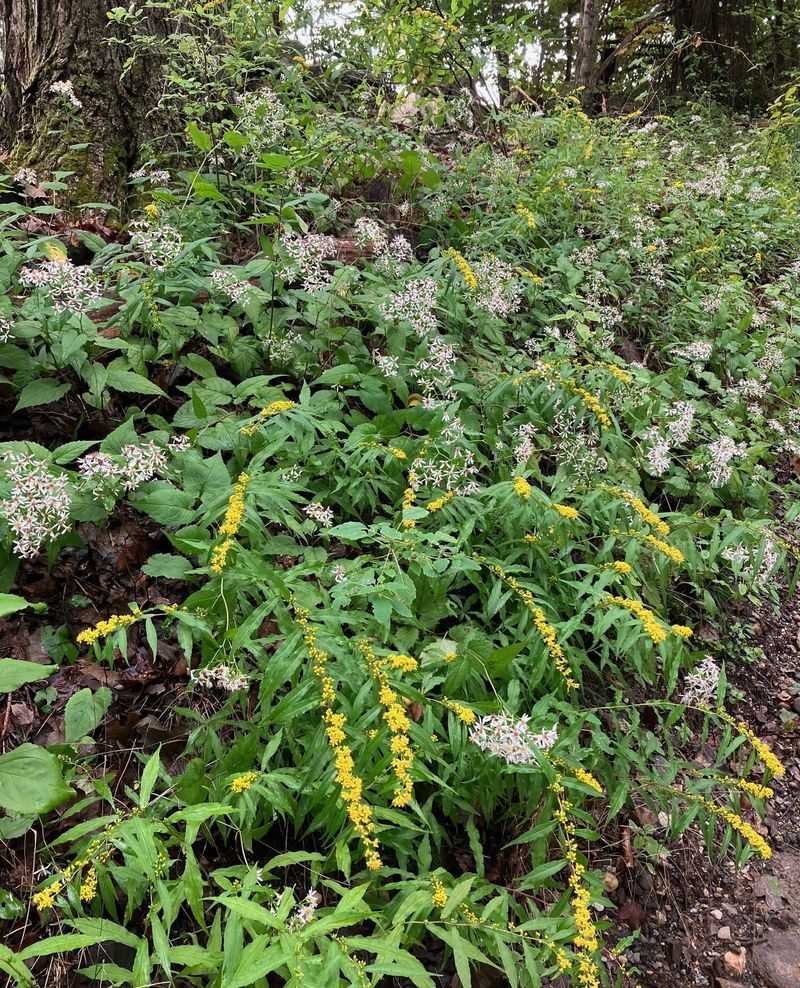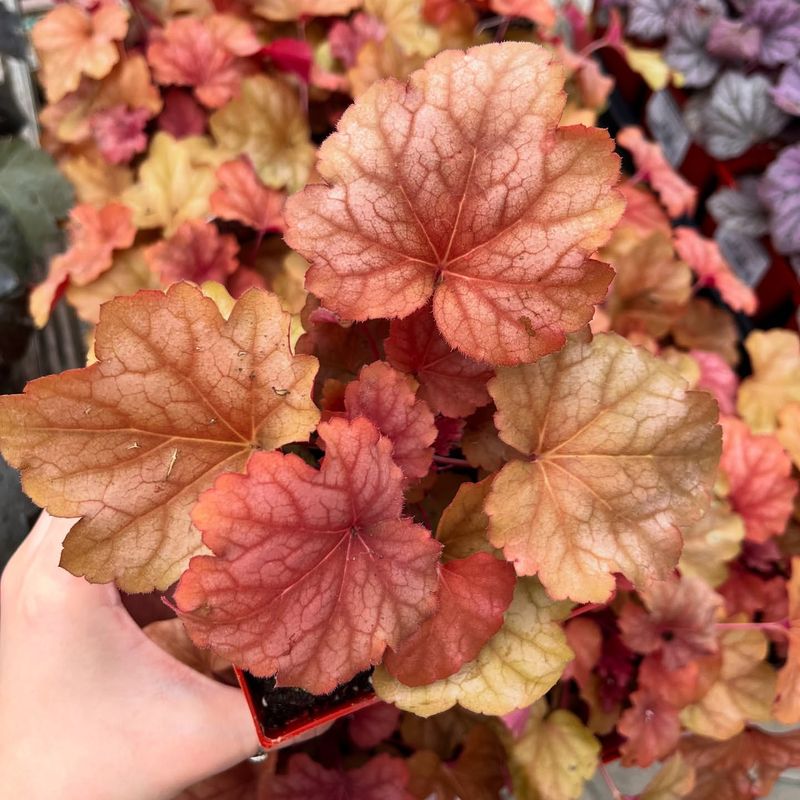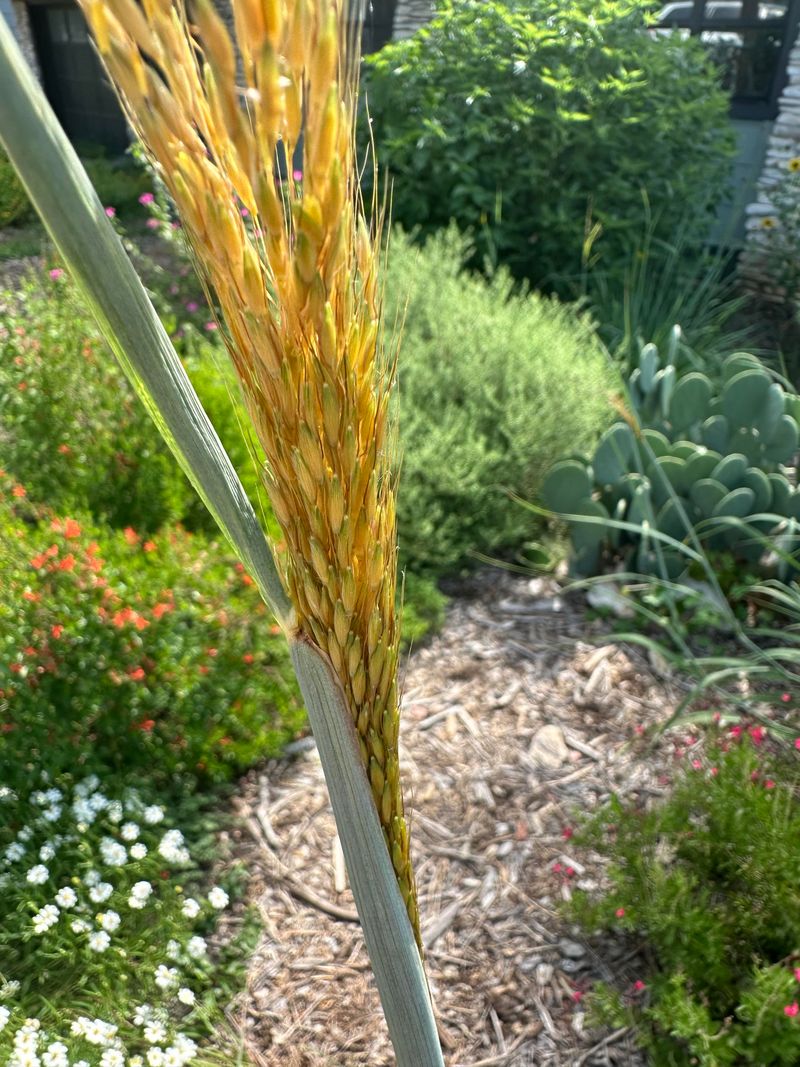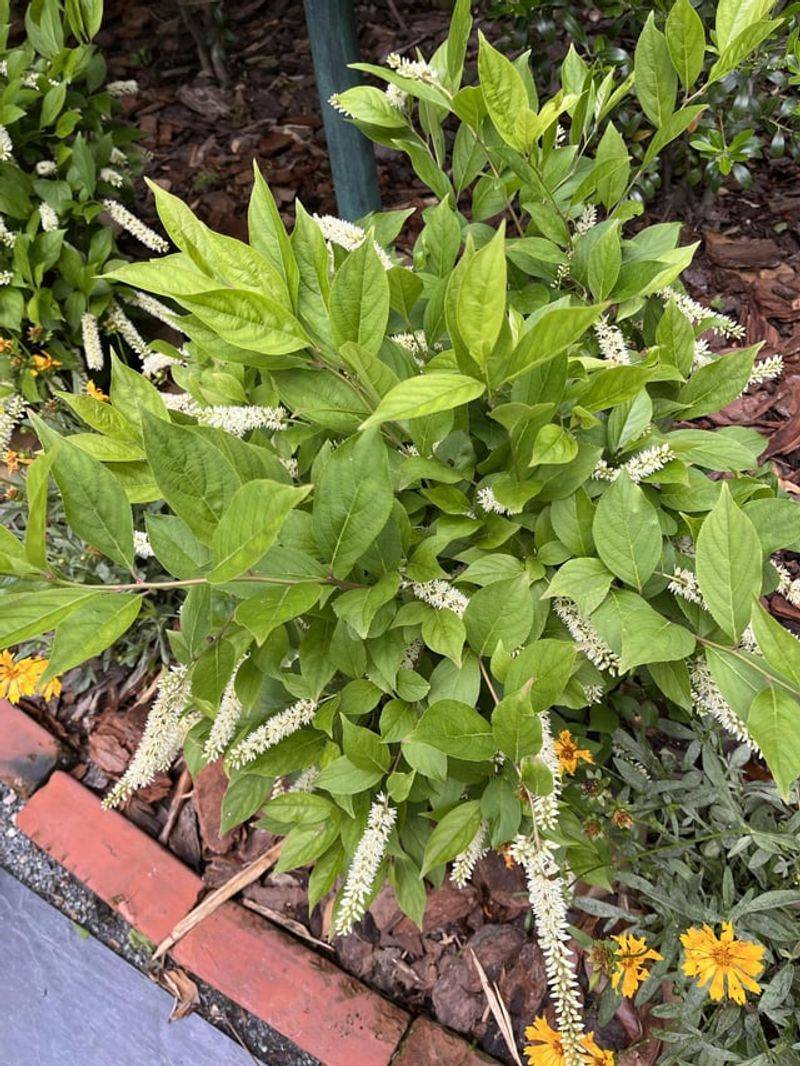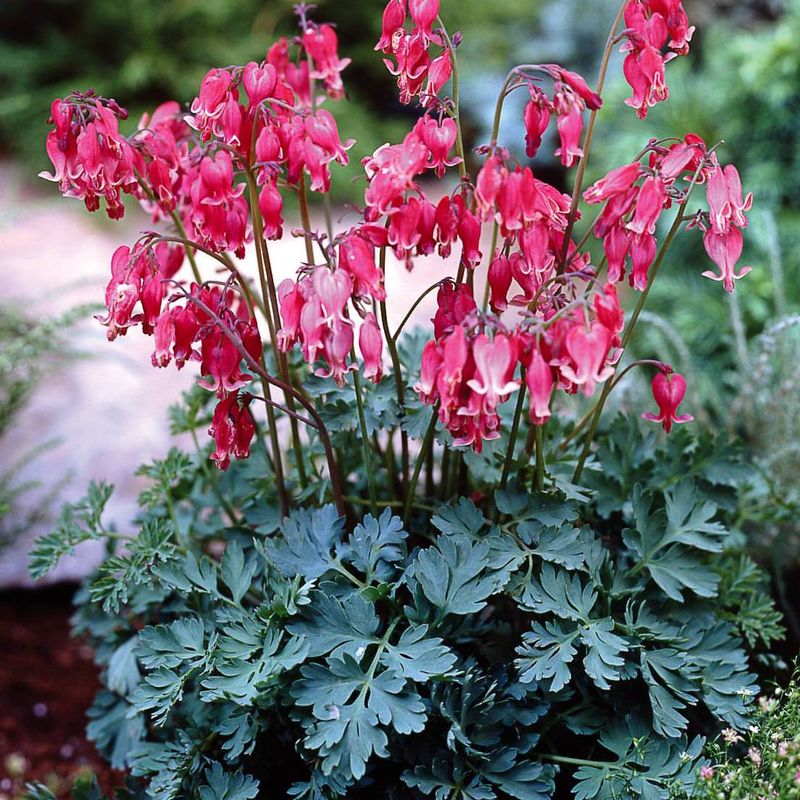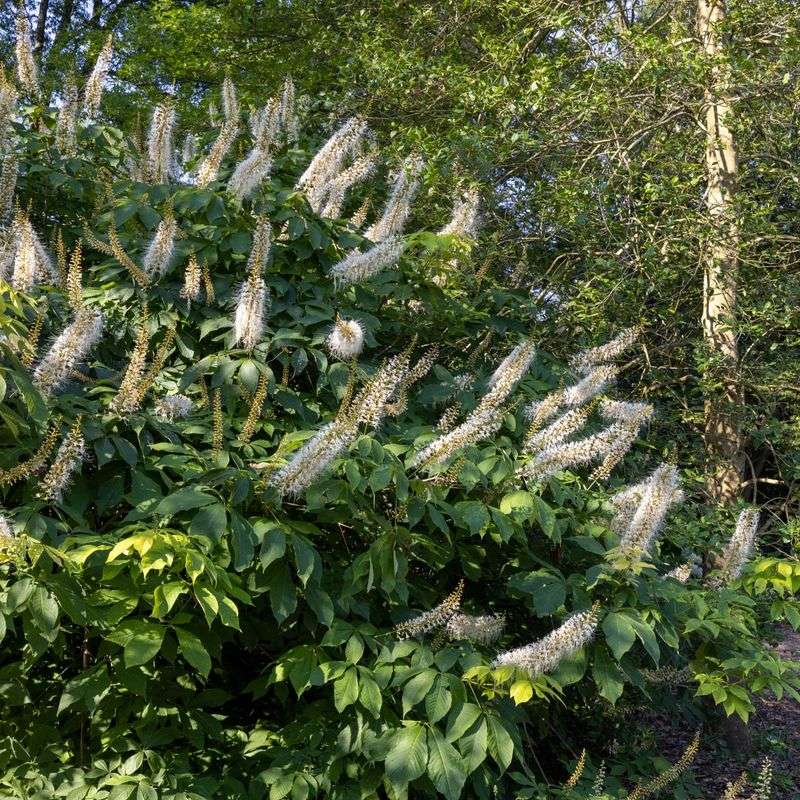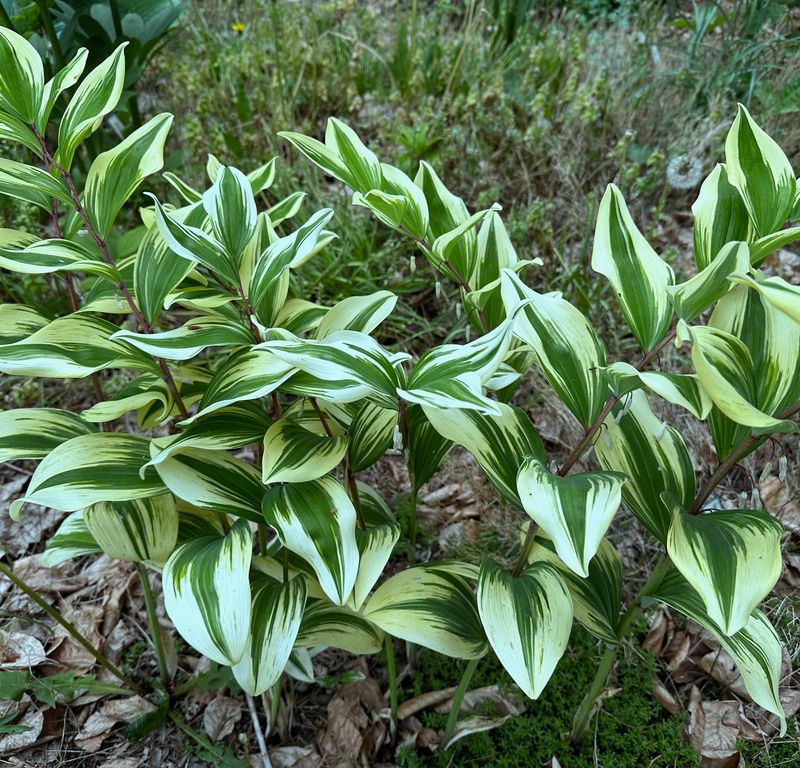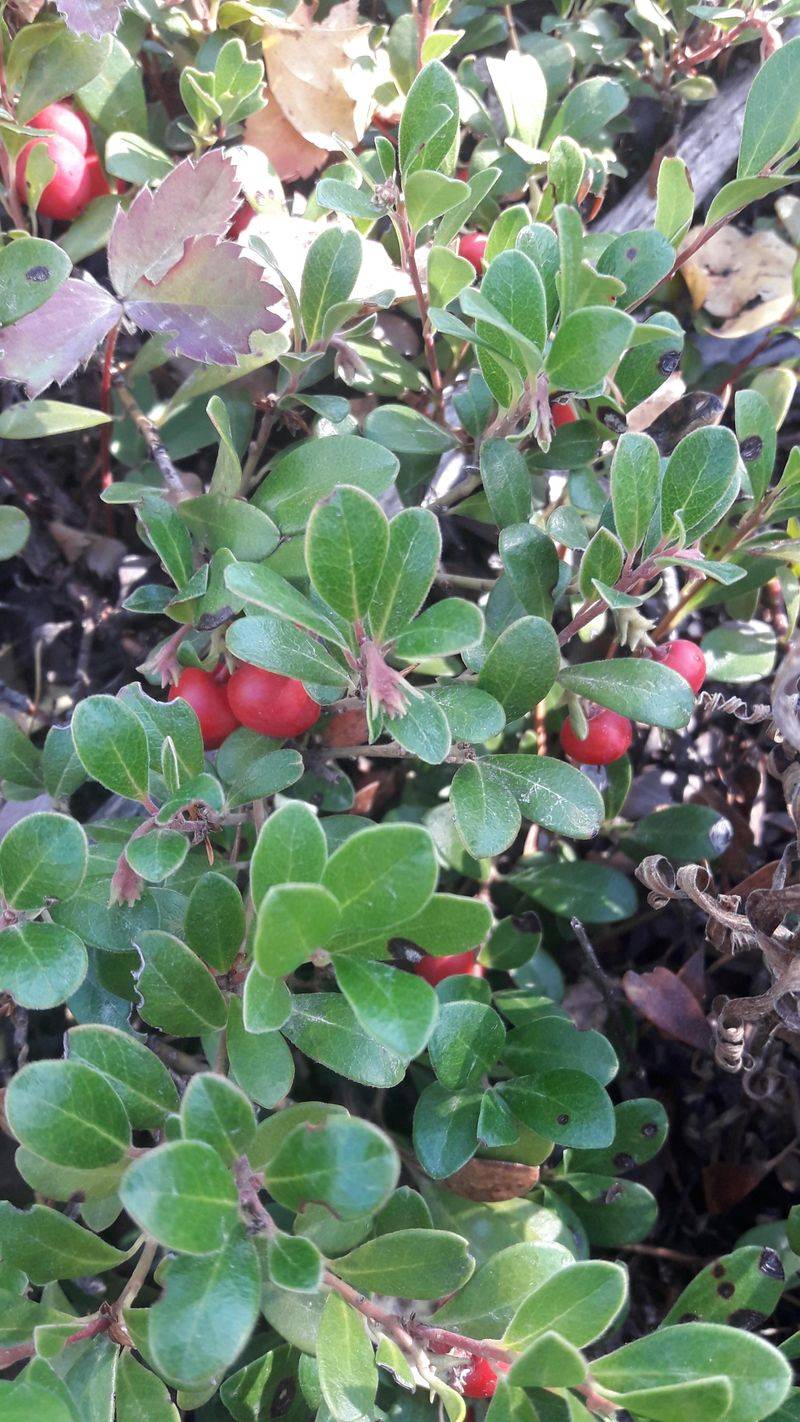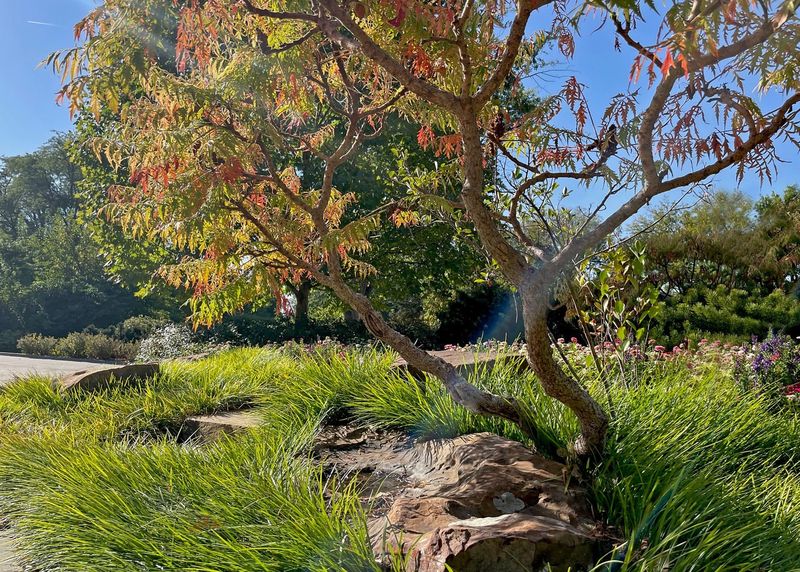Vermont’s legendary autumn landscape isn’t just about maple trees. In my years of gardening here, I’ve discovered 18 perennials that transform into stunning displays when summer fades. These hardy plants bring unexpected color to gardens when most flowers have called it quits for the season.
Many gardeners overlook these fall champions, focusing instead on spring and summer bloomers. The secret to a truly four-season garden lies in these resilient perennials that save their best performance for the grand finale of the growing year.
What I love most about these plants is how they complement Vermont’s famous tree display. While tourists drive through to see our maples and birches, my garden continues the color story right down to ground level, creating a complete autumn experience that lasts well into the cooler months.
1. Autumn Joy Sedum
The fleshy green leaves turn deep burgundy as temperatures drop, creating a dramatic backdrop for the rusty-pink flower heads. Deer tend to avoid these sturdy plants, making them perfect for unprotected Vermont gardens.
Plant in well-drained soil and full sun for best color development. The dried flower heads provide winter interest when left standing through snow season.
2. Amsonia (Blue Star)
Few perennials match the golden-yellow transformation of Amsonia in fall. After a season of light blue spring flowers and green summer foliage, the entire plant becomes a beacon of gold that glows in the late afternoon Vermont sun.
Maintenance couldn’t be easier – simply cut back in late winter and enjoy. Pairs beautifully with purple asters for a striking color contrast.
3. Oakleaf Hydrangea
Unlike its cousins that simply brown in fall, Oakleaf Hydrangea puts on a remarkable show of burgundy, purple, and crimson. The large, lobed leaves resemble oak trees, creating a woodland feel perfect for Vermont’s rustic landscape.
White summer flowers transition to rusty pink in autumn, adding another dimension to the display. Protected locations work best in colder parts of the state.
4. Japanese Forest Grass
Bright gold and amber waves catch every breeze in this ornamental grass that thrives in Vermont’s partial shade. The arching habit creates movement in the garden when autumn winds blow through.
Hardy enough for Zone 4 gardens, this grass keeps its color until heavy frost. Looks magical when backlit by low autumn sun, especially alongside dark evergreens that highlight its golden glow.
5. Virginia Sweetspire
My favorite shrub for wet spots transforms into a blaze of crimson and purple when frost arrives. Perfect for those challenging areas where water collects in Vermont’s clay soils.
White bottle-brush flowers in summer give way to the real show in autumn. The color intensifies after each cold snap, often lasting until Thanksgiving in protected spots.
6. Fothergilla
A rainbow appears in this compact shrub each October, with leaves displaying yellow, orange, red, and purple simultaneously on one plant. The honey-scented spring flowers are just a bonus compared to the autumn spectacle.
Grows slowly in Vermont gardens, eventually forming a 3-4 foot rounded shape. Prefers acidic soil, making it perfect for planting near pines and other conifers common in Vermont landscapes.
7. Red-twig Dogwood
Before revealing its famous red stems for winter, this native shrub puts on a purple-red foliage display that rivals imported varieties. The wild forms found throughout Vermont wetlands can be transplanted successfully to home gardens.
Birds love the white berries that appear in fall. Prune older stems to ground level every few years to maintain the brightest red twigs for winter interest.
8. Mukdenia
Maple-shaped leaves turn brilliant scarlet along their edges while staying green in the centers, creating a stained-glass effect in the fall garden. This lesser-known perennial deserves more attention in Vermont gardens.
White spring flowers are followed by this remarkable fall transformation. Performs beautifully in the dappled shade common under Vermont’s deciduous trees, where it echoes the colors happening overhead.
9. Switchgrass
Native to Vermont’s meadows, ornamental varieties like ‘Shenandoah’ turn deep burgundy by early September. The airy seed heads catch morning frost, creating sparkling displays well into November.
Standing strong through winter snows, this grass provides habitat for birds and visual interest for months. The rustling sound adds another sensory dimension to the autumn garden experience.
10. Summersweet (Clethra)
Golden yellow foliage appears like sunshine on this native shrub just as Vermont days grow shorter. The fragrant summer flowers give way to interesting seedpods that persist through winter.
Grows naturally in moist woodland edges throughout the state. One of the few flowering shrubs that thrives in shade and still offers spectacular fall color.
11. Coral Bells (Heuchera)
While many varieties offer colored leaves year-round, their rich burgundy, purple, and caramel tones intensify with fall’s cooler temperatures. The low-growing foliage creates a colorful carpet beneath deciduous trees.
Evergreen in milder Vermont winters, these plants provide color even after snow melts. Modern varieties with ruffled and veined leaves add intricate patterns to the autumn landscape.
12. Little Bluestem Grass
This native grass turns a remarkable copper-orange with hints of burgundy after the first frost hits Vermont gardens. The slender stems catch low autumn light, creating a glowing effect throughout the day.
Seed heads resemble tiny silver flags waving in the breeze. Provides essential winter food for native birds while maintaining its structure through snow and ice.
13. Itea ‘Henry’s Garnet’
Garnet-red leaves persist well into December on this underused shrub, often the last deciduous plant showing color in Vermont gardens. The intense burgundy-red develops slowly, deepening week by week through autumn.
Fragrant white flower spikes in June are a bonus to the fall display. Tolerates both wet soils and partial shade, making it versatile for challenging garden spots.
14. Fern-leaf Bleeding Heart
After spring flowering, this woodland perennial surprises with golden-yellow autumn foliage that brightens shady Vermont gardens. The finely-cut leaves create a textural golden cloud effect in the landscape.
Goes dormant gracefully, unlike many perennials that brown and wither. Mark its location to avoid disturbing the roots during fall garden cleanup.
15. Bottlebrush Buckeye
Butter-yellow fall color spreads across this native shrub’s compound leaves, creating a bright spot in the autumn landscape. The large size (8-12 feet) makes it perfect for screening or as a focal point.
Summer’s dramatic white flower spikes give way to interesting buckeye fruits. Grows naturally in the dappled shade conditions found in many Vermont yards.
16. Solomon’s Seal
Often overlooked for fall color, this woodland native turns a clear, bright yellow that illuminates shady corners of Vermont gardens. The arching stems with dangling leaves create a graceful architectural element.
Black berries contrast beautifully with the golden foliage. Spreads slowly to form impressive colonies that require zero maintenance once established.
17. Bearberry (Arctostaphylos)
This native ground cover’s small, glossy leaves turn brilliant red-purple in Vermont’s cool autumn temperatures. The trailing habit works beautifully over rocks and walls, where it can display its fall color to best advantage.
Red berries persist through winter, providing food for wildlife. Extremely cold-hardy and drought-tolerant once established, making it perfect for challenging spots.
18. Tiger Eyes Sumac
Finely cut leaves turn flame orange and scarlet on this compact sumac variety that’s well-behaved in Vermont gardens. The lacey texture creates a tropical effect despite being one of our most cold-hardy native shrubs.
Branches have an artistic, upward-angled growth habit that’s especially evident after leaf drop. Plant where afternoon sun will backlight the autumn foliage for a stained-glass window effect.

